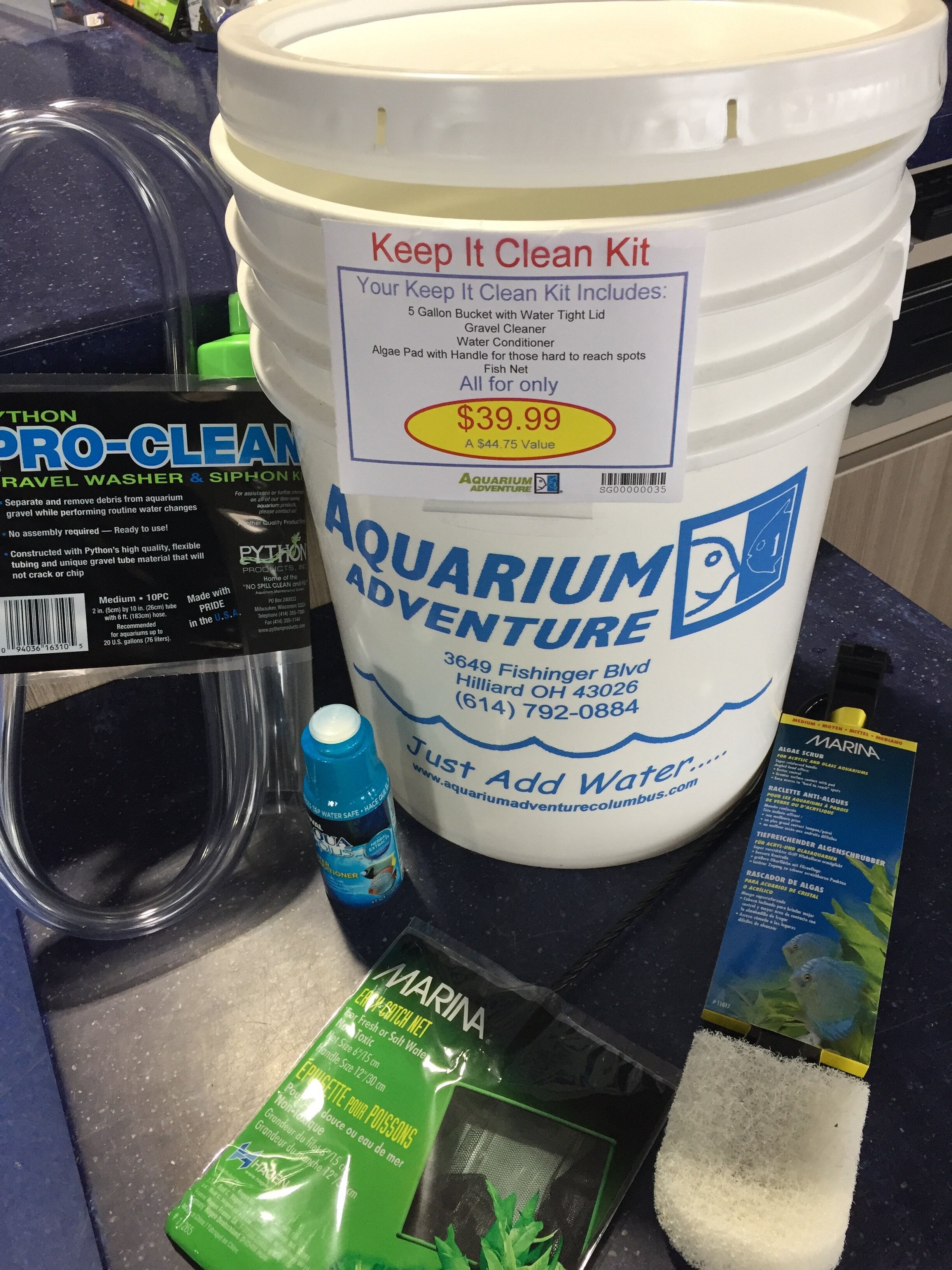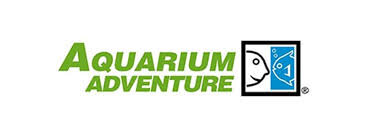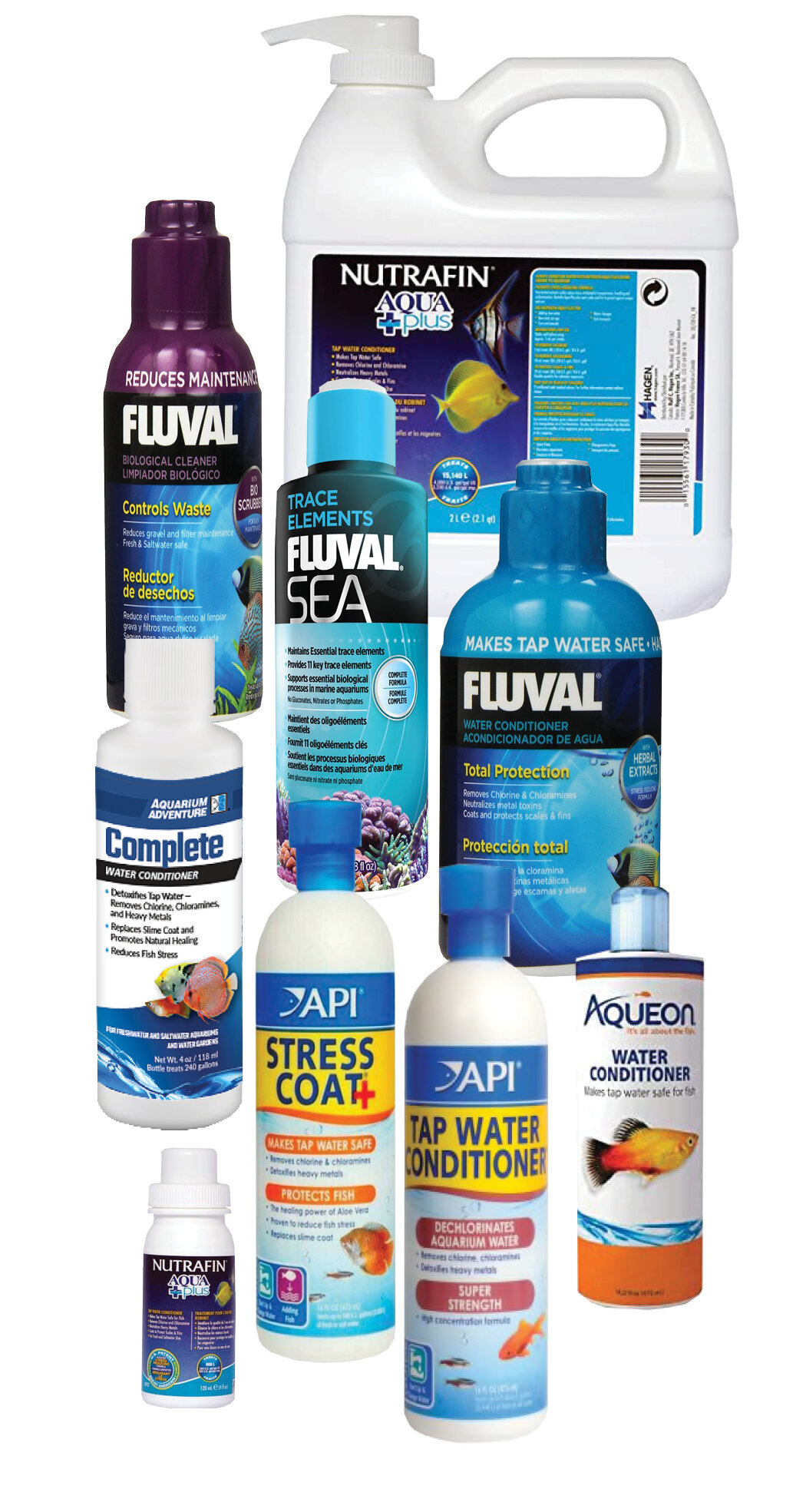
Aquarium Maintenance
Even with the best filter, every aquarium requires regular cleaning and maintenance to keep fish healthy and growing. Partial water changes, algae cleaning and filter maintenance are the three areas to be addressed for normal aquarium upkeep. Fortunately, the process of cleaning a home aquarium is fairly quick and easy.
Partial water changes are the secret to healthy aquariums. The fish (and/or other animals) in the aquarium deplete from the water certain trace elements, vitamins, minerals and amino acids needed for normal daily synthesis, osmoregulation and immune maintenance—-all of which needs replenished on a regular basis. Regular partial water changes keeps all the checks and balances in place.
Unwanted algae growth is easily managed with aquarium scrubber pads or scrapers designed to keep the aquarium glass and decorations clean. The filter media inside the filter needs to be monitored. When it clogs and causes the water flow through the filter to slow down, it’s time for maintenance. A simple process of squeezing and rinsing it in the old aquarium water (from the water change) is usually sufficient to dislodge all material and get the water flow to be strong again.
Nets, replacement filter media, cleaning supplies, water siphons, salt mixes, water treatments, nutritional supplements, water test kits, medications—our inventory of aquarium maintenance supplies includes everything to keep your tank clean and your animals healthy. We even offer in home or in business regular maintenance services, which you can request online. Read our blog for more insider tips and browse our lists of aquariums and products.
Algae Scrubbers
Due to light, algae will begin to grow and form on the glass and even the decorations in the aquarium. While in of itself algae is not bad (it is part of the natural environment, is a food source for some fish and it provides oxygen to the water), most aquarium keepers find it unsightly and prefer to do away with it. So the easiest method of removal is using an algae pad. These are generally small hand sized pads made of material to wipe away the algae.
Some types of algae can be a little tougher to clean as it can get encrusted on the glass. In this case, there are long handled scrapers with a sharp edge or blade attached for algae removal.
Water Siphons/Gravel Cleaners
Partial water changes are essential to maintaining a healthy and vibrant aquarium environment. This needs to be done on a regular and consistent basis. We recommend at 25% to 30% water exchange every couple of weeks. At the same time cleaning algae and debris from the bottom gravel or substrate in the aquarium also needs done, so this all can be a bit more challenging—-this is where the water siphon/gravel cleaners come in handy.
A standard plastic tube for siphoning water is attached to a larger-wider plastic tube which is placed in the gravel as dirty water is being siphoned out of the aquarium into a bucket. The gravel tumbles around inside the wider tube allowing algae, dirt and debris to flow out of the siphon tube into the bucket of dirty water. This enables the process of a water exchange and a dirty gravel clean all in one easy swoop.
Filter Replacement Media
Most filters can be attended to for maintenance along the same time schedule as doing those partial water exchanges, every couple of weeks. Good filter systems will contain three separate chambers of media: one mechanical media (usually a sponge or cotton material), one chemical media (usually carbon) and one biological (usually some type of ceramic material).
The mechanical “sponge” type media should be squeezed and rinsed out in the old water in the bucket that is being taken out of the aquarium for the water exchange. Remember, there is good beneficial bacteria living on that sponge as part of the biological filter process, and if cleaned and rinsed under chlorinated tap water the good bacteria will be killed off. Over a period of time if the mechanical sponge media becomes worn and deteriorated it can be replaced.
The chemical carbon type media should be replaced with new carbon media at least every 2 to 4 weeks.
The biological ceramic media never needs to be replaced and should be rinsed in the same method as described for cleaning the mechanical sponge media every two weeks, being very careful as to not damage the good live bacteria living on the ceramic media.
Water Treatments/Additives
Chlorine is used in drinking water to kill bacteria and make it safe to drink, but it is detrimental to fish. Aquarium water conditioners are used to help dechlorinate tap water making it safe for fish. Use a water conditioner with all newly set up aquariums and when water exchanges are preformed.
Depending on the type of aquarium and fish, plants or invertebrates being kept, there are many choices for “additives” to be used—-minerals, vitamins, ammino acids and trace elements—all can contribute to healthy, growing and reproducing organisms. The associates at Aquarium Adventure can make suggestions and provide guidance on what may be needed and the best choices.

Siphons

Water Treatment & Medication

Keep-It-Clean Kits




